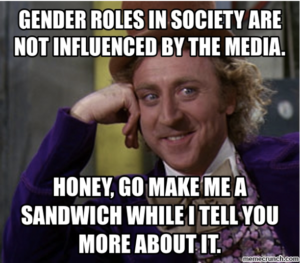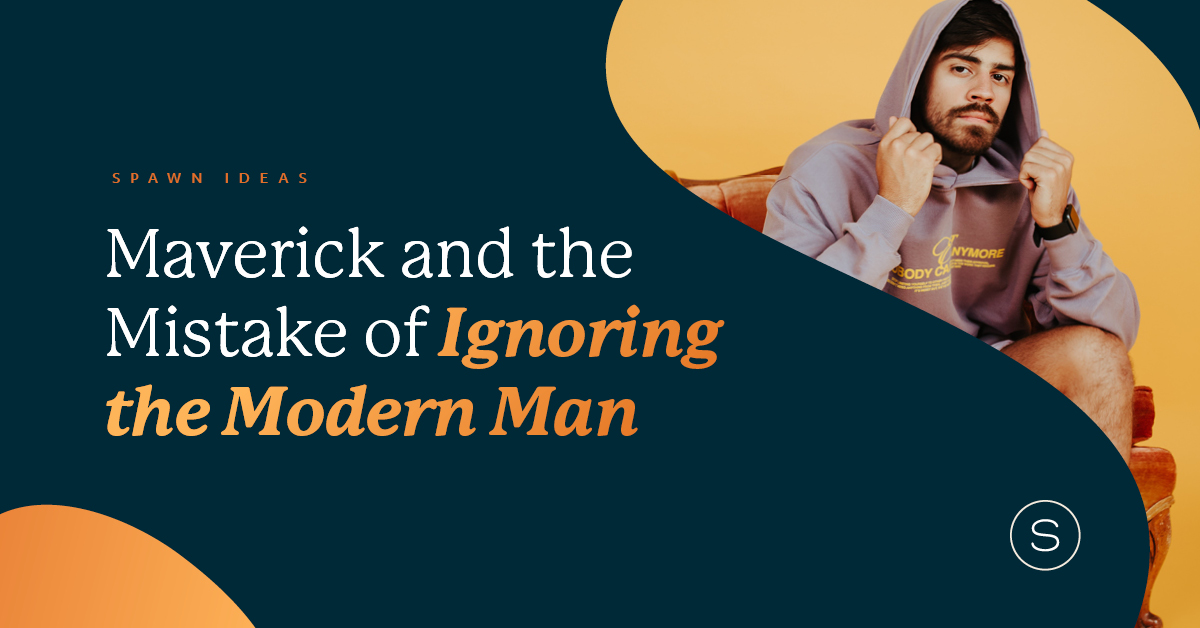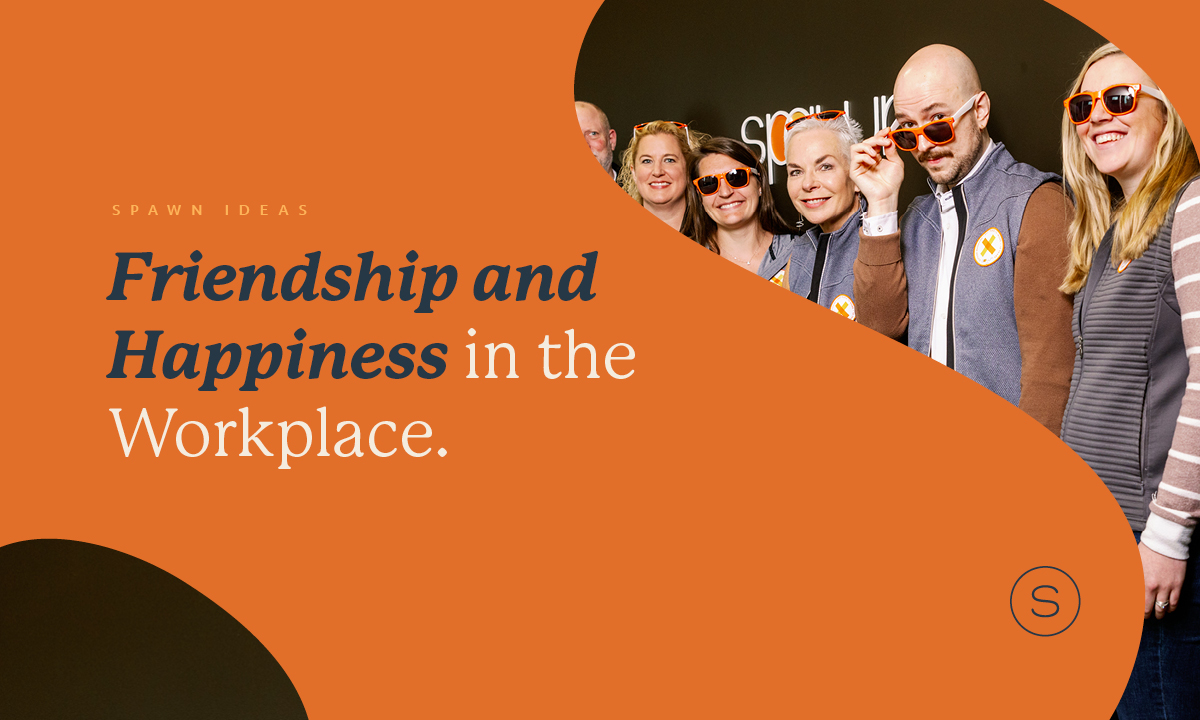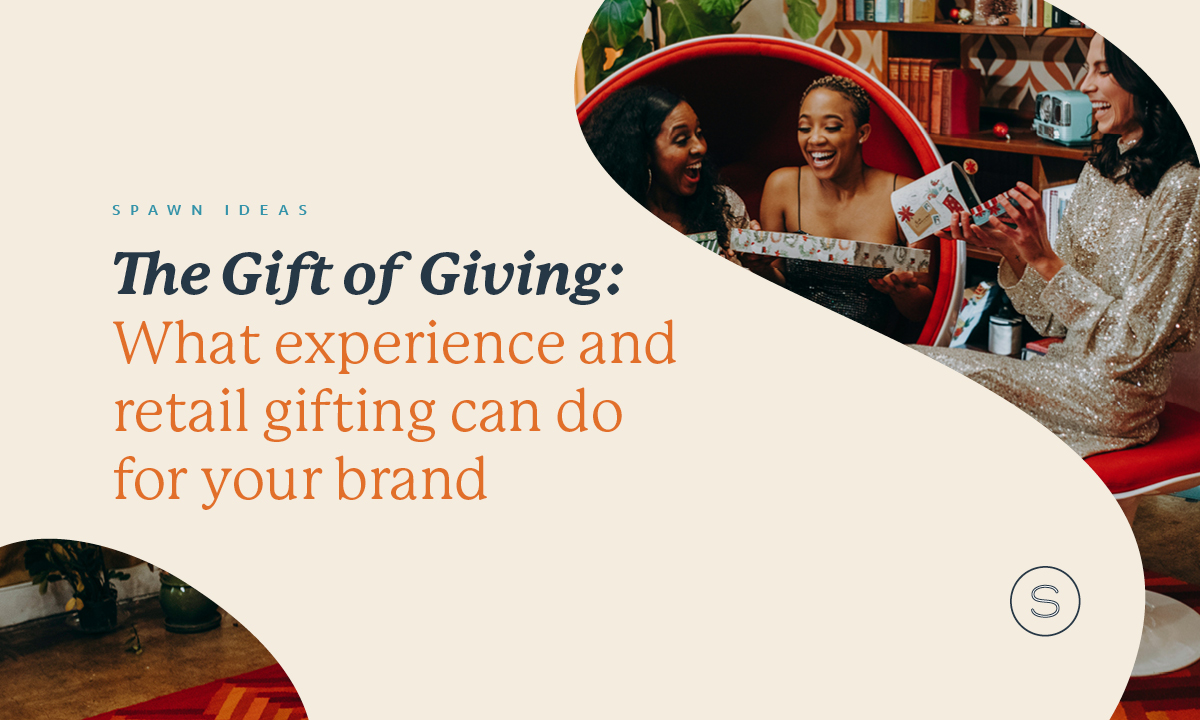 By Kaylee Devine and Siobhan Johansen
By Kaylee Devine and Siobhan Johansen
I, like most of the rest of the country, went to see “Top Gun: Maverick” recently. (And, no, this isn’t a movie review…) While I was undoubtedly impressed with the action-packed cinematography (the closest I will ever get to flying in an F-18!), I was struck most by the changes in Maverick. It was like running into the former prom king/star quarterback at a high school reunion after 35 years – and being pleasantly surprised at how he turned out.
Without spoiling the film for the handful of people who haven’t seen it yet, we got to see how the experiences of the past several decades had changed Maverick. Grief, loyalty, pride, duty, uncertainty, self-doubt, resolve, even love – Maverick expressed a remarkable range of emotion and depth of feeling. While there was still plenty of cocky confidence, we got to meet Maverick… matured.
Men written by women energy
Feel free to disagree, but Maverick, in my opinion, is a quintessential example of what they call men written by women energy. If you’re on TikTok — and with over 1 billion users you probably are — you might have seen or something similar as part of the trend of assigning men written by women energy to celebrities, fictional characters, and men’s personalities or actions. It’s a stark contrast to the old male stereotypes depicted in books, movies, sitcoms (and ads!) since time immemorial.

The concept of male characters who are respectful, kind and unafraid of femininity is not new. However, thanks to this trend that continues to gain momentum, the phrase men written by women energy became a way to describe some of our favorite characters from books and the screen.
So, as a marketer, what does this trend have to do with you?
As a marketer, when is the last time you looked at how you portray men? Men – in real life and in the media – are evolving. And if you haven’t taken a fresh look at your male personas (husbands, fathers, brothers, sons), then you are behind the curve.
Ignoring the modern man puts your agency or brand at risk of targeting the wrong audience or, even worse, alienating your true target audience (hint: they crave authenticity!).
You have to admit: There are many clichés and norms that we as marketers fall into when portraying men. A study conducted in partnership with Dove found that only 7% of men worldwide identify with the masculine man portrayed in the media. (1) And if you’re not identifying with your target audience, then you’re certainly not achieving your marketing objectives.
“Only 7% of men worldwide identify with the masculine man portrayed in the media.” – Dove study (1)
Taking a fresh look at your male personas and evolving how your brand depicts men in the media also helps to drive this new paradigm forward … which some may argue we, as marketers, have a responsibility to do.
The way men are portrayed in media and marketing plays a significant role in the overall idea of gender equality. And this has a direct impact on both men and women. (2) Representing a more authentic picture of men is not only more accurate, but it resonates with women as well. It all comes back to honesty and authenticity.
Why are men changing?
As you consider the evolution of your male target audience, it’s important to understand the cultural factors at play, including:
- Prevalence of old male stereotypes in media. Consider Batman in The Dark Knight and his repressed emotions. Also consider the unrealistic muscle mass of most male protagonists in male-targeted action movies.
- Evolving family dynamics. Beginning in the 60s, gender roles have been shifting from what was previously thought of as “traditional.” Today, about 62% of married partners agree that both partners will work and equally share child care and household responsibilities. (3)
- Lack of respect for men’s changing family roles. In media, men are less likely to be shown engaging in an active parenting role compared to female characters (4.5% compared with 7.7%). (4)
Growing importance, and acknowledgment, of men’s mental health. According to the National Center for Health Statistics, nearly one in ten men reported experiencing some form of depression or anxiety, but less than half sought treatment. (5)
Understanding why men are changing helps us as marketers more truthfully show how they are changing – and, ultimately, depict them more authentically.
What does the "modern man in media" look like?
There are several brands that have embraced the concept of the evolving modern man. Here are a couple of examples of brands that are doing it right:
#RealStrength & Through A Lot | Men Dove Care
Last year, Dove released a commercial depicting how men put their skin through a lot, from getting real tattoos (and marker tattoos from their kids), to running through bramble with a stroller in tow, and firing up the pizza oven. Dove shows that starting a fire and receiving a marker tattoo are both regular occurrences for the modern man.
Dove’s been embracing the modern man for years now. In 2015, Dove launched their Real Strength campaign two weeks before the Super Bowl. The message: The strength of a man comes not from his physical strength, but from how much he cares.
“3/4 of dads say they are responsible for their child’s emotional well-being, while only 20% of dads see this role reflected in the media.” – Unilever/Dove study (1)
The brand took the campaign even further, creating a fund that allows new fathers who don’t have paternity leave to take time off from work with their newborn, and promoting a nationwide petition to require paternal leave in the U.S. The corresponding campaign featured real dads and reinforced the message that a father shouldn’t have to choose between a paycheck and family time.
Dove’s approach is working, as Dove Men+Care deodorant is reported to be the second-leading deodorant brand based on sales worldwide. (6)
#EvolveTheDefinition | Bonobos
In July 2018, Bonobos clothing brand released a YouTube advertisement called #EvolveTheDefinition. In the documentary-style ad, different men read the dictionary definition of masculinity. The ad captured the men’s genuine reactions to the word, with many disagreeing with the definition and the outdated stereotype it portrayed.
Bonobos’ ad was the second-most watched advertisement the month it was released, with 400 million impressions. In a survey conducted of men who watched the ad, 83% said “they felt more favorable towards the brand after viewing it.” (7) In a two-week span, Bonobos saw a 54% increase in their website traffic and a five-time increase in orders. The company also reported that the campaign resulted in a two-time higher ROI than any previous campaign. To top it off, a Google brand study showed that Bonobos saw a 31% increase in brand awareness after the campaign. (8)
By portraying authentic masculinity and showcasing real men sharing their stories and definitions of masculinity, Bonobos connected with their target audience – and saw the positive impact on their bottom line.
Influencers evolving the narrative
There are also a number of noteworthy social media influencers who are evolving the “modern man” narrative, including:
Connor Beaton (@mantalks on Instagram) is the owner of Man Talks, a source for mental health training and support including a podcast with over 3 million downloads. Through online content and in-person training, Man Talks challenges the notion of silent stoicism, helping men confront repressed emotions.
Through relatable and lighthearted content, this social media influencer provides a glimpse into a real dad’s life (while challenging the traditional macho stereotype and embracing insecurities, realities, shared household chores, and the love of being a father).
Rod first gained popularity with his “Millennial Recaps,” in which he admitted feeling out of touch with all things new and hip. He’s since grown into a vocal advocate for men’s mental health. His courageous honesty around depression and anxiety allowed other men to see themselves in his struggles – and know they aren’t alone.
Embracing the shift at Spawn
At Spawn Ideas, we strive to ensure our brands are representative of our diverse population and showcase people authentically. For example, when producing a recent TV ad for The Alaska Club, we approached actual gym users to feature in the spot. The end result was a more accurate depiction of the club experience and a more authentic connection with our target audience.
A recent Father’s Day campaign for our GCI telecom client offers another example of how we as an agency lean away from traditional male stereotypes. In this ad, fathers were portrayed in a myriad of ways with their children, showing how being a dad can’t be pigeonholed into a rigid stereotype.
Men are evolving... is your brand?
At the root of it, men written by female energy is really just showing how men are in real life (whether changing a diaper or chasing a bad guy in an F-18). It’s about taking the time to gain real understanding. It’s about breaking traditional stereotypes. And it’s about going beyond the “strong, silent type” to show the multi-faceted modern man.
Advertisers have been shifting their messaging for the last decade, and we will continue to see this social shift in advertising. More representation. More diversity. More positive masculinity. More real people.
All of this is positive for advertising and society. When consumers see themselves represented in the media, their trust in your brand increases. This opens the door for a deeper connection with your brand, which is why it has shown success in advertising.
Bottom line: From the more-mature Maverick to the dad down the street, men are evolving. It’s important to make sure your brand is evolving, too.
Want more? Subscribe to our insight-packed newsletter. Or get in touch to schedule a 30-minute dialogue (on us!) about how to represent the modern man in your brand.
At Spawn Ideas, we fuel the curious and wild in people by genuinely getting to know them. So, if your brand helps customers embrace adventure, travel and wellbeing, we’ll turn your reason to be into a reason to buy. Our staff works hard to live well in places like Denver, Colorado, and Anchorage, Alaska.
Works Cited
- Barkley US. “The Power of Gen Z Influence: How the Pivotal Generation is Affecting Market Spend.” 2018, p. 13, The Power of Gen Z Influence: How the Pivotal Generation is Affecting Market Spend.
- CGS. “Gen Z Leads Changing Consumer Shopping Habits, Motivations.” CSG Blog, 11 August 2021, https://www.cgsinc.com/blog/gen-z-leads-changing-consumer-shopping-habits-motivations-bc. Accessed 18 October 2021.
- Fromm, Jeff. “From Cause Marketing To A Greater Mission: How Dove Created A Business Model On Purpose.” Forbes, 4 February 2021, https://www.forbes.com/sites/jefffromm/2021/02/04/from-cause-marketing-to-a-greater-mission-how-dove-created-a-business-model-on-purpose/?sh=217db5e83c11. Accessed 4 October 2021.
- Gandolf, Stewart. “Sensitive Side: Use Emotions to Appeal to Men in the Audience.” HealthCare Success, https://healthcaresuccess.com/blog/healthcare-marketing/sensitive-side-use-emotions-appeal-men-audience.html.
- “How #MeToo Changed the way brands market to men.” PRWEEK, 26 October 2018, https://www.prweek.com/article/1497348/metoo-changed-brands-market-men. Accessed 6 October 2021.
- Murray, Justin. “Masculinity In Advertising Today.” Seller’s Choice, 3 February 2020, https://www.sellerschoice.digital/blog/masculinity-in-advertising-today. Accessed 12 October 2021.
- Observatory. “Bonobos.” Observatory, https://observatoryagency.com/bonobos-evolve.
- Raynor, Lilah. “Gen Z And The Future Of Spend: What We Know About This Generation, The Pandemic And How They Pay.” Forbes, 21 January 2021, https://www.forbes.com/sites/bnymellonwealthmanagement/2021/09/15/navigating-estate-planning-with-your-family/?sh=158b772a7f02. Accessed 4 October 2021.
- Rotten Tomatoes. “Brooklyn Nine-Nine.” Rotten Tomatoes, 2021, https://www.rottentomatoes.com/tv/brooklyn_nine_nine. Accessed 13 October 2021.
- Russo, Jared. “AXE body spray and deodorant is fading, according to social media data.” The Business of Business, 20 February 2020, https://www.businessofbusiness.com/articles/axe-body-spray-gets-the-axe-on-social-media/. Accessed 6 October 2021.
- Unilever. “Dove Men+Care Launches ‘Real Strength’ Campaign on Sports’ Biggest Stage to Celebrate the Caring Side of Modern Men.” Cision, 20 January 2015, https://www.prnewswire.com/news-releases/dove-mencare-launches-real-strength-campaign-on-sports-biggest-stage-to-celebrate-the-caring-side-of-modern-men-300022814.html. Accessed 11 October 2021.
- Unstereotype Alliance. “Unstereotype Metric 2020: Key Findings.” Unstereotype Alliance, 29 January 2021, https://www.unstereotypealliance.org/en/resources/research-and-tools/unstereotype-metric-2020-findings. Accessed 12 October 2021.
- Williams, Robert. “Axe targets Gen Z with open-minded approach to attraction in new ads.” Marketing Dive, 6 February 2021, https://www.marketingdive.com/news/axe-targets-gen-z-with-open-minded-approach-to-attraction-in-new-ads/599645/. Accessed 12 October 2021.
- Zawisza, Magdalena. “Research shows that non-traditional men sell well – advertisers need to catch up for the sake of equality.” The Conversation, 8 March 2017, https://theconversation.com/research-shows-that-non-traditional-men-sell-well-advertisers-need-to-catch-up-for-the-sake-of-equality-74178. Accessed 12 October 2021.





